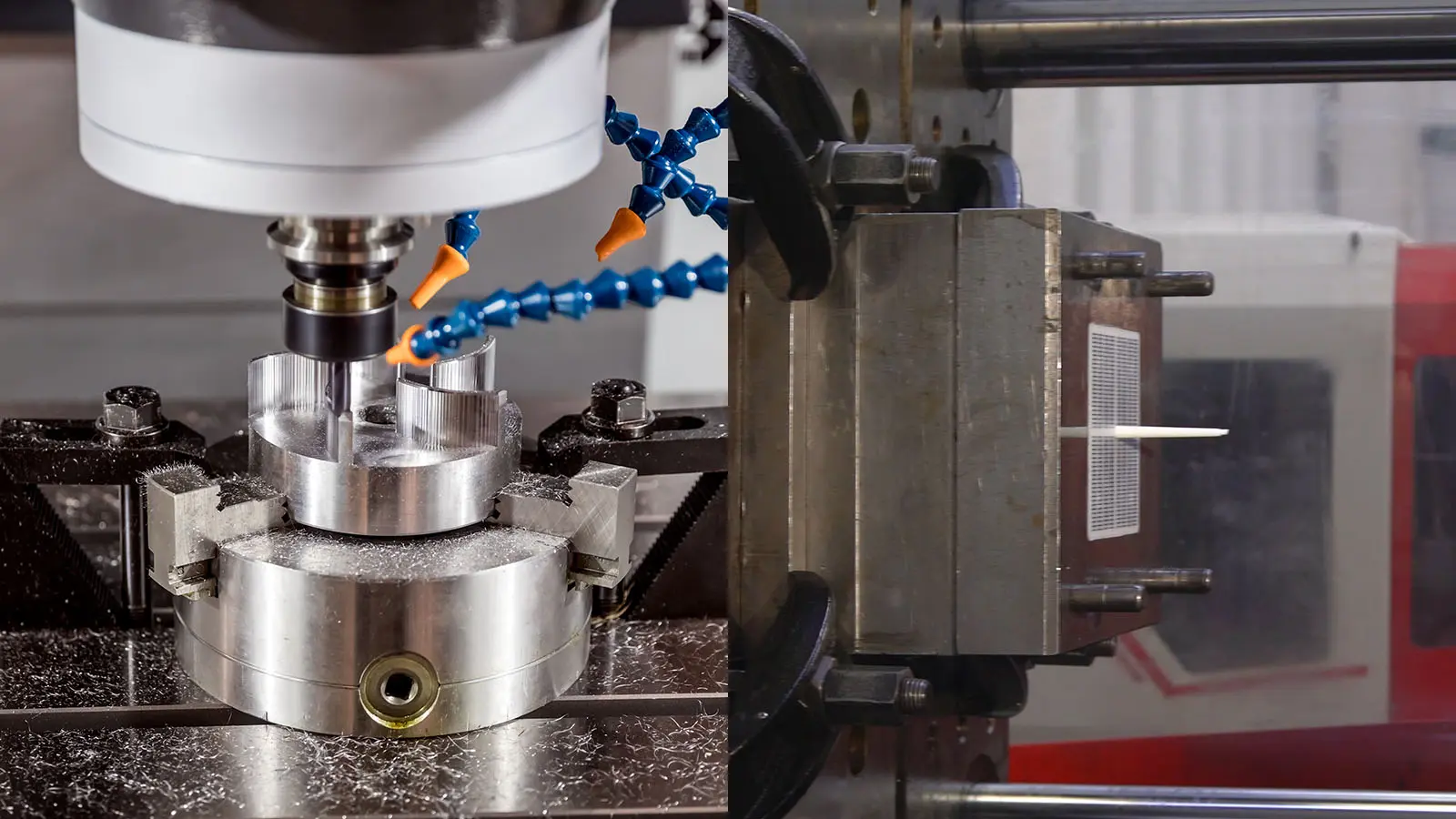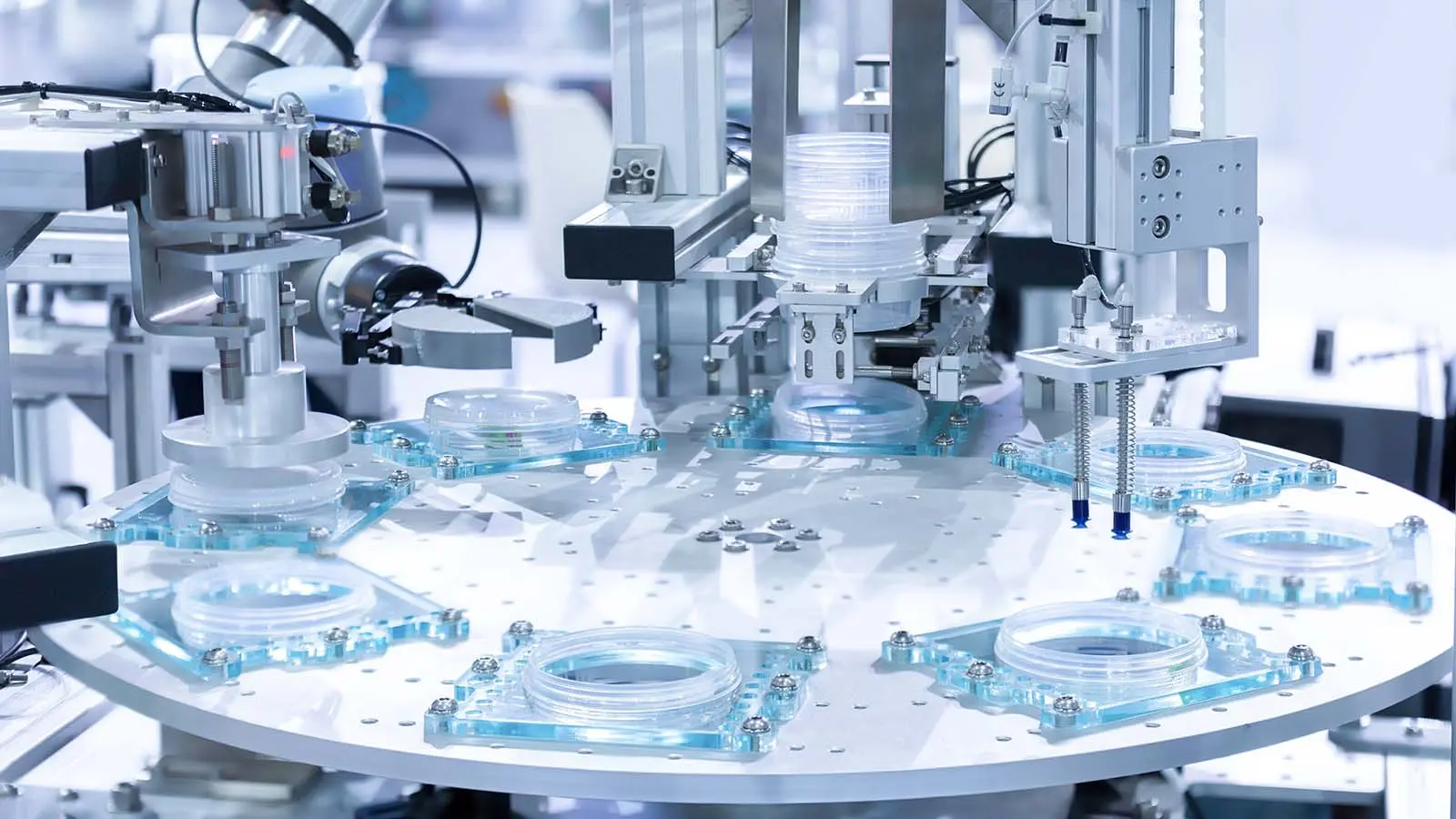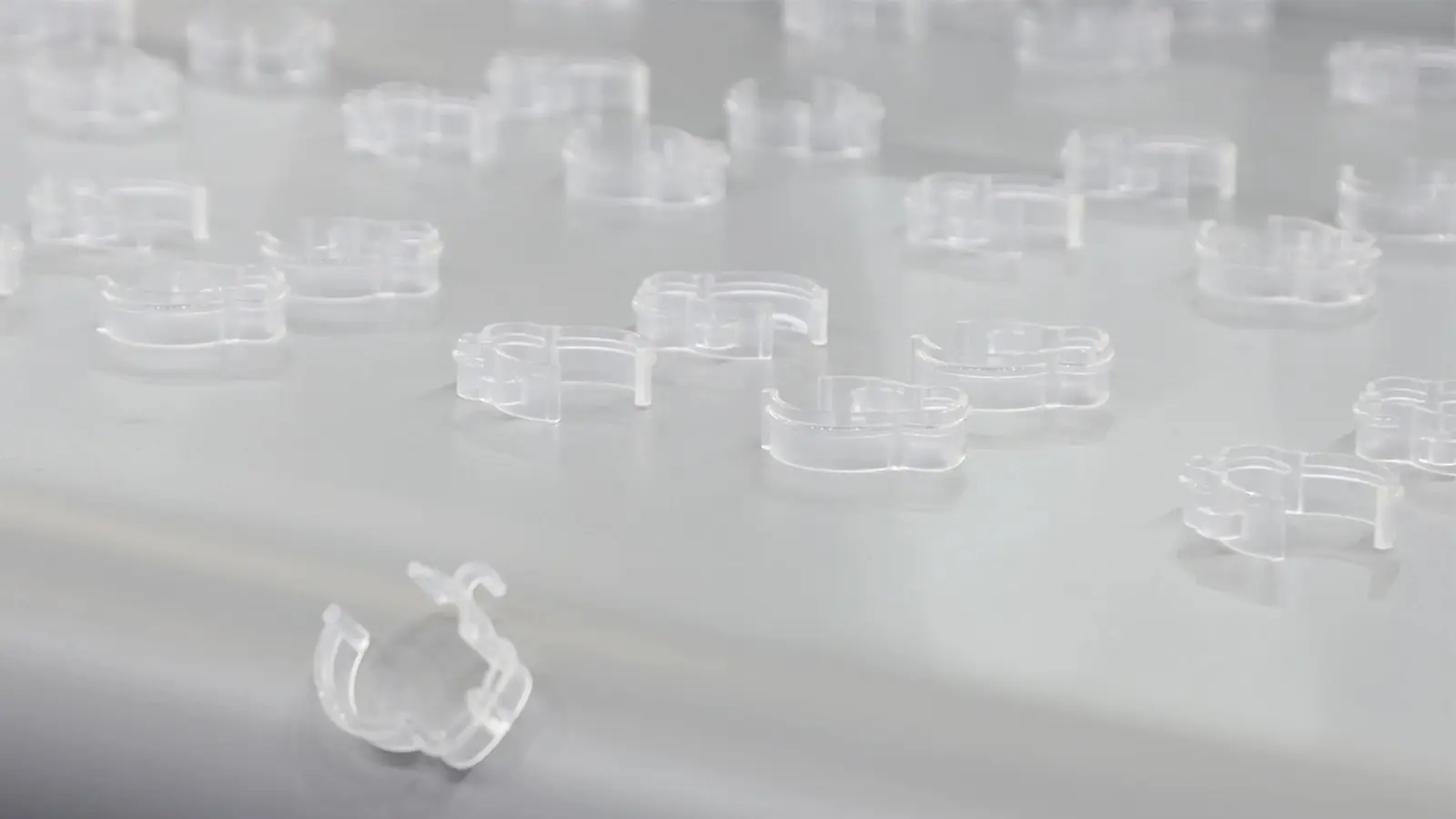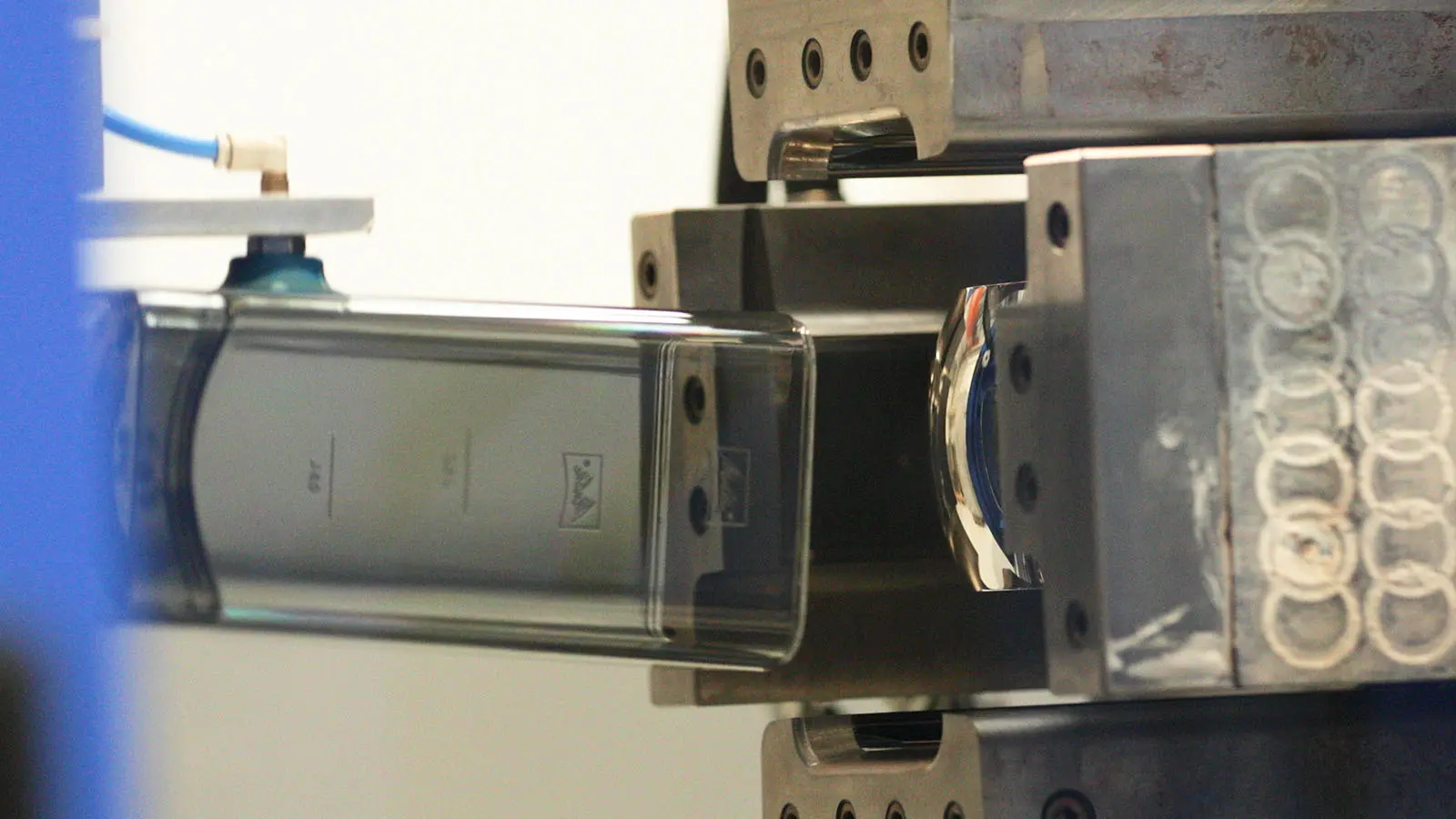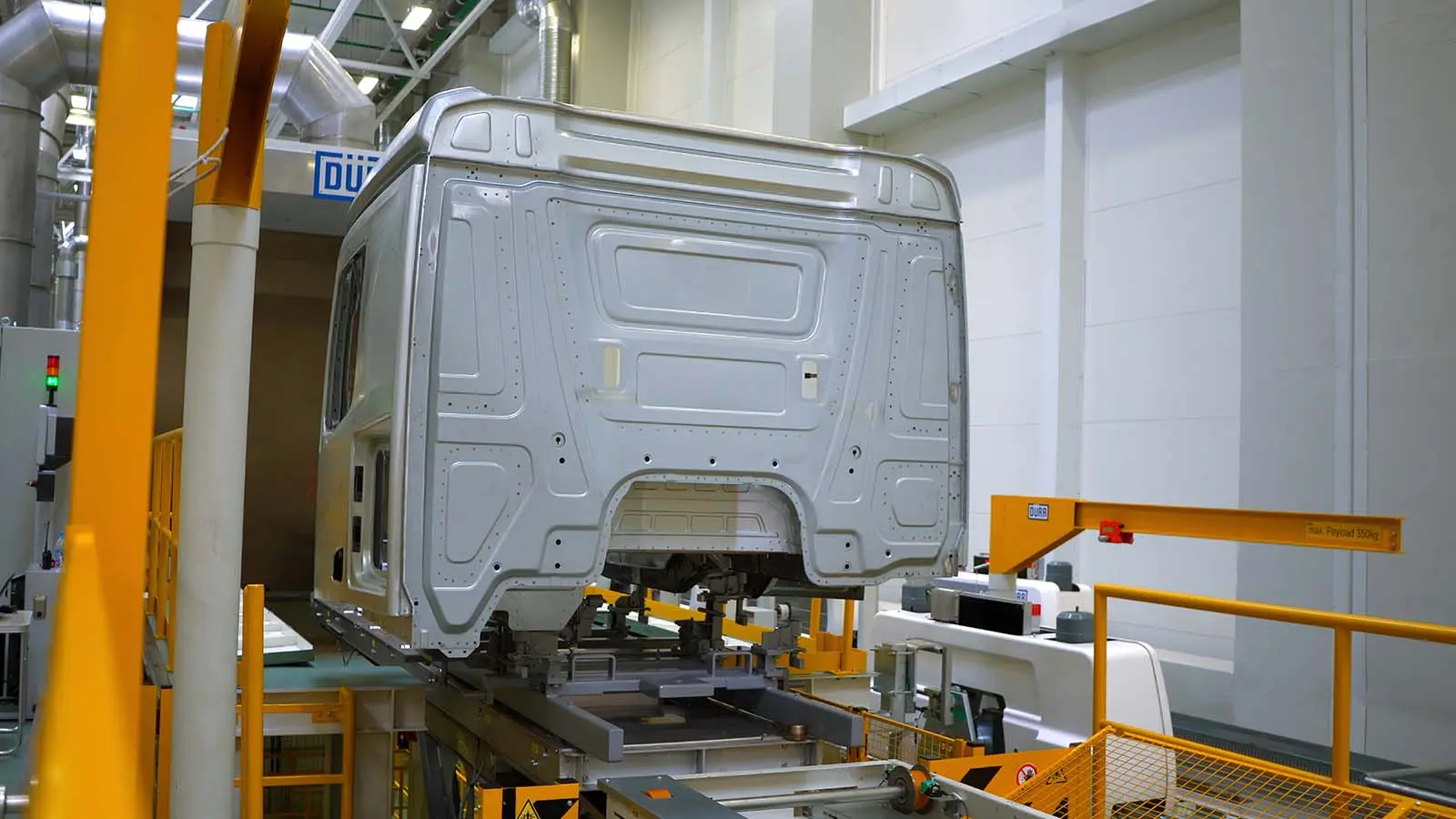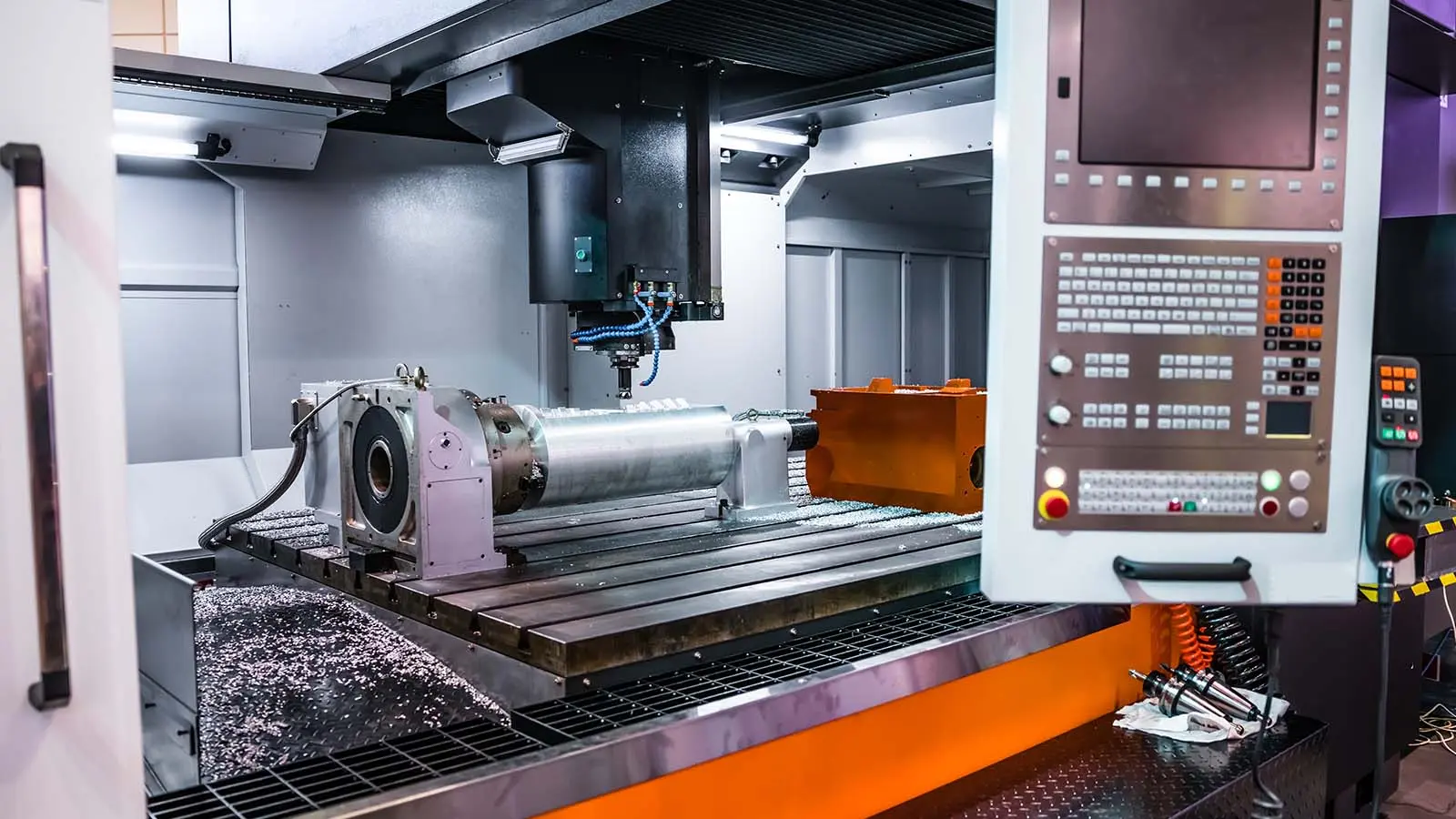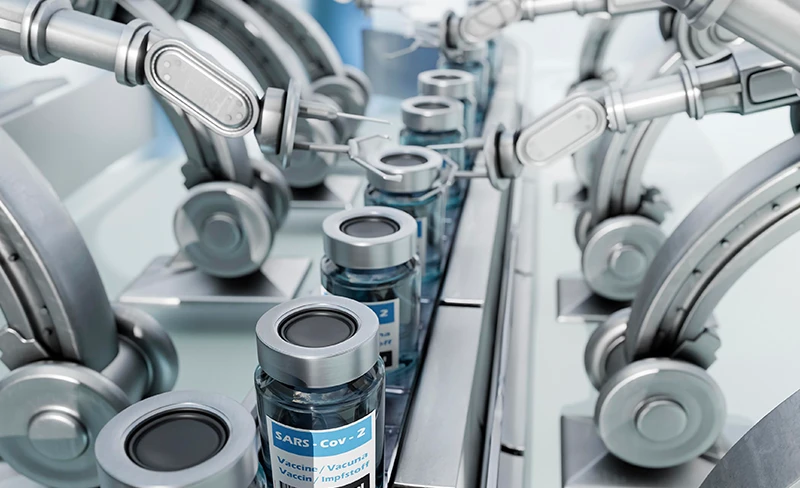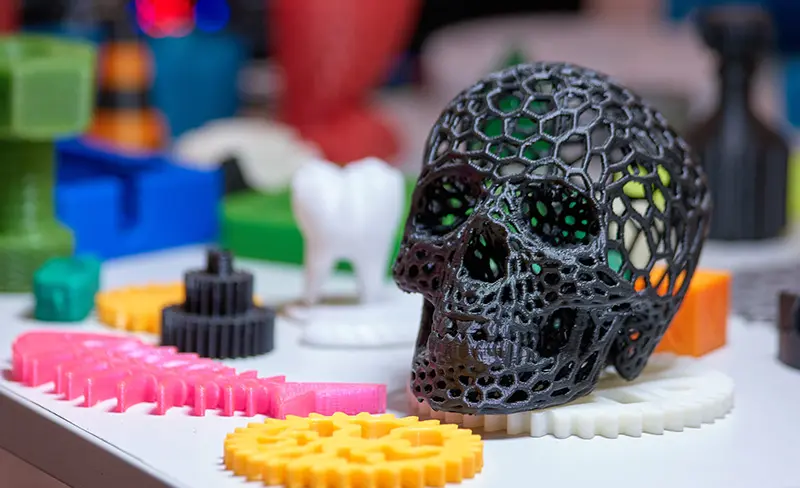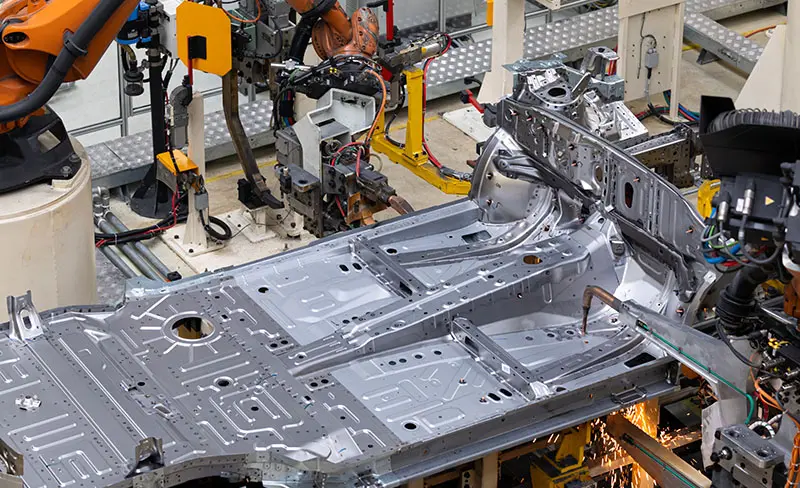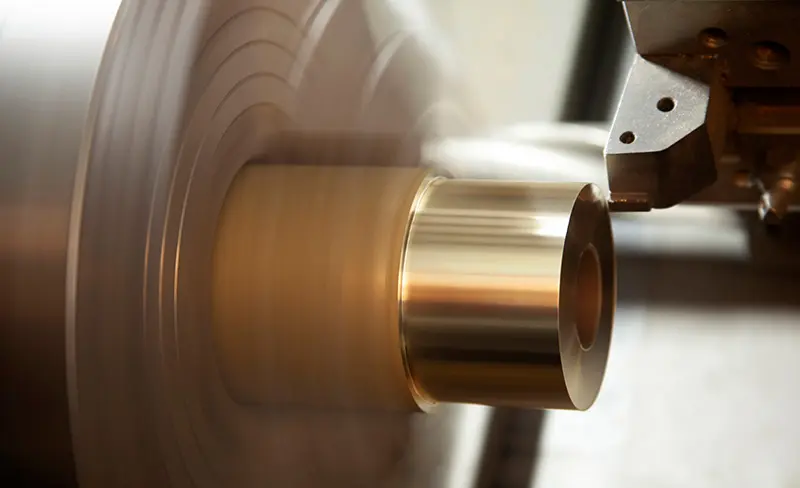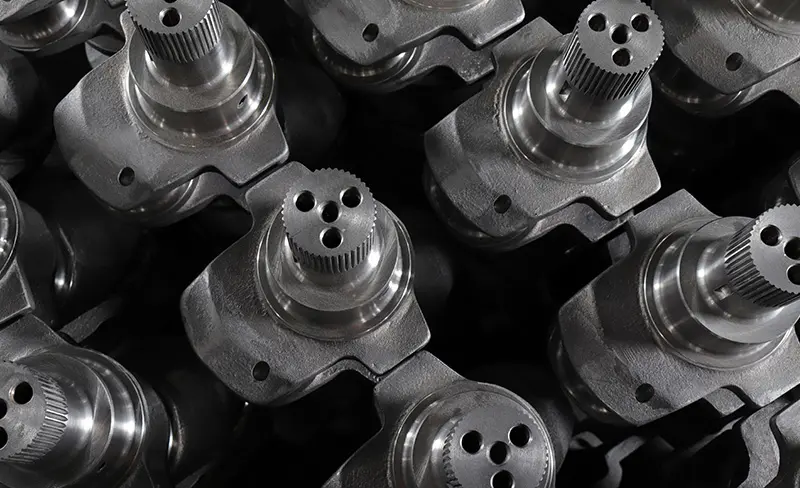The Essential Handbook of Digital Manufacturing: From CNC to Injection Molding
- Release Date: April 25, 2024
The Essential Handbook of Digital Manufacturing: From CNC to Injection Molding
CNC and injection molding, while distinct in methodology, intersect at the heart of modern automated manufacturing. Both technologies leverage computer-controlled systems to fabricate parts with precision and efficiency. CNC machining, a subtractive process, excels in creating complex metal components, often chosen for its versatility in prototyping and small-batch production. On the other hand, injection molding, an additive process, is renowned for its speed and automation suitability, making it ideal for large-scale production of intricate plastic parts. Despite their differences in material application—CNC’s focus on metals versus injection molding’s use of plastics—these methods complement each other in a manufacturing setting, providing a comprehensive solution for part production across various industries.
Commonalities Between CNC and Injection Molding
Commonalities in the Utilization of Computer-Controlled Systems
CNC (Computer Numerical Control) and injection molding share a foundational commonality in their reliance on computer-controlled systems. Both technologies use computer-aided design (CAD) software to translate intricate designs into tangible products. In CNC, this involves guiding precision cutting tools to remove material from a workpiece, while in injection molding, it directs the flow of molten plastic into a mold. The use of computer systems allows for automation, repeatability, and the ability to produce complex geometries with high accuracy, making both processes staples in the manufacturing industry.
Commonalities in Manufacturing Processes
Despite their differences, CNC and injection molding also share commonalities in their manufacturing processes. CNC represents subtractive manufacturing, where the material is systematically removed to achieve the desired part shape. Conversely, injection molding is an additive process, where material is added layer by layer to build up the final product. Both methods require a deep understanding of material properties, tooling design, and process parameters to ensure quality outcomes. Additionally, they both enable the production of parts with complex features that would be challenging or cost-prohibitive with conventional manufacturing techniques.
CNC Machining: Defined, Characteristics, and Applications
Definition of CNC Machining
CNC (Computer Numerical Control) machining is a manufacturing process that utilizes computerized controls and precision machining tools to remove material from a workpiece, resulting in the creation of a desired shape or part. Unlike conventional machining methods, CNC machining operates through programmed instructions fed into the computer, which guides the movement of the cutting tools with high accuracy and repeatability. This automated approach allows for intricate and complex designs to be produced consistently and efficiently.
Characteristics of CNC machining
Characterized by its versatility, CNC machining can work with a wide range of materials, including metals, plastics, wood, and composites. Its ability to handle various materials makes it applicable across numerous industries, from aerospace and automotive to healthcare and consumer electronics. Moreover, CNC machining offers exceptional precision and repeatability, enabling the production of intricate components with tight tolerances. Its flexibility, accuracy, and efficiency make CNC machining a cornerstone of modern manufacturing processes.
Applications of CNC Machining
1. Prototyping and Small-Batch Production
CNC machining is widely utilized in both prototyping and small-batch production due to its precision and flexibility. In the realm of prototyping, CNC enables the rapid creation of intricate models, allowing designers to test and refine their concepts before committing to large-scale manufacturing. For instance, in the automotive industry, engineers can use CNC to produce a detailed prototype of a new car part. This allows them to evaluate the part’s form, fit, and function in a real-world context, making necessary adjustments before the final production phase. Similarly, for small-batch production, CNC machining offers a cost-effective solution for producing limited quantities of complex components without the high setup costs associated with traditional mass production methods. This approach is particularly beneficial for industries where customization and low-volume production are the norm, such as in the production of custom machine parts or specialized medical equipment.
2. The Role of CNC in Manufacturing Complex Components
CNC (Computer Numerical Control) plays a pivotal role in manufacturing complex components that are difficult to produce through conventional methods. With its high degree of precision and flexibility, CNC is capable of handling intricate designs and tight tolerances. For example, in the aerospace industry, CNC is instrumental in creating the complex geometries of aircraft engine components. These parts often require a combination of various holes, slots, and contours that are impossible to achieve with manual machining. The use of CNC ensures that these critical parts meet stringent quality standards, contributing to the overall performance and safety of the aircraft. This showcases the indispensable nature of CNC in the production of components where precision and complexity are paramount.
Injection Molding: Definition, Characteristics, and Applications
Definition of Injection Molding
Injection molding is a manufacturing process defined by the use of computer-guided machines to inject molten plastic material into a mold, creating complex parts with high precision. This additive manufacturing technique allows for the production of items with intricate details and varied shapes, making it suitable for a wide array of applications.
Features of Injection Molding
The process is characterized by its speed and efficiency, making it ideal for large-scale production. Injection molding is known for its versatility with materials, primarily plastics, but also including metals and glasses. The technique offers design freedom, enabling the creation of parts with multiple integrated features, which minimizes assembly time and costs. Additionally, the consistency of the process ensures uniform quality across all produced items, a critical factor for industries like consumer electronics and automotive manufacturing.
Applications of Injection Molding
Injection molding is extensively used in the production of mass-manufactured goods, particularly where plastic materials are the material of choice. This process is ideal for creating items with complex geometries and fine details in large quantities. An exemplary application is in the packaging industry, where injection molding is employed to produce a vast array of plastic bottles and containers. These molded products are not only consistent in quality but also cost-effective, making them suitable for consumer goods that require hermetic seals or specific shapes for functionality. The process ensures rapid production, allowing companies to meet the high demand for packaging materials efficiently and economically.
Divergent Production Methods: CNC as Subtractive Manufacturing vs. Injection Molding as Additive
CNC (Computer Numerical Control) machining and injection molding represent two distinct manufacturing methodologies: subtractive and additive, respectively. CNC, as a subtractive process, involves the removal of material from a solid block to carve out the desired part. This is exemplified in the production of metal gears, where a CNC machine precisely mills the shape of each gear tooth from a cylindrical bar. The subtractive nature ensures a high degree of accuracy and strength in the final product. Conversely, injection molding is an additive process that builds parts by injecting molten material into a mold. A prime example is the mass production of plastic toys, where the mold is filled to create the toy’s shape in one piece. This additive approach is efficient for complex designs and allows for the production of items with multiple integrated components, such as hollow action figures, with minimal post-processing.
Material Suitability and Process Selection
1. The Suitability of Injection Molding for Mass Production
Injection molding is highly suitable for mass production due to its efficiency, speed, and ability to create consistent parts with minimal variability. With this process, molten material is injected into a mold cavity under high pressure, allowing for rapid cooling and solidification of the desired shape. This enables manufacturers to produce large quantities of identical parts quickly and cost-effectively. For example, in the automotive industry, injection molding is commonly used to manufacture various components such as interior trims, dashboard panels, and exterior body parts. By utilizing injection molding, automotive manufacturers can streamline their production processes, meet high demand, and ensure uniformity in the quality and specifications of their parts across large production runs.
2. The Flexibility of CNC for Rapid Prototyping
The flexibility of CNC (Computer Numerical Control) machining makes it an excellent choice for rapid prototyping in product development. CNC machines can quickly produce prototypes by translating digital designs into physical objects with high precision and accuracy. This versatility allows designers and engineers to iterate and refine their designs rapidly, speeding up the development cycle and reducing time to market. For example, in the medical device industry, CNC machining is used to create prototype components such as surgical instruments and prosthetic parts. By leveraging CNC technology, medical device manufacturers can efficiently test and validate new designs, ensuring functionality and performance before moving to full-scale production. CNC’s ability to handle a wide range of materials further enhances its suitability for prototyping, offering flexibility in exploring different design iterations and material properties to meet specific project requirements.
Conclusion
In summary, CNC machining offers precision, versatility, and rapid production, ideal for complex geometries and low-volume runs. Injection molding, on the other hand, excels in high-volume production with consistent quality and cost-efficiency. Both methods empower businesses with speed, accuracy, and scalability, essential in today’s competitive landscape. With Nowfab.com’s digital manufacturing platform, harness the advantages of CNC machining and injection molding to bring your designs to life efficiently and effectively. Whether you prioritize customization, speed, or cost-effectiveness, Nowfab.com provides the tools and expertise to meet your digital manufacturing needs. Explore our platform today and revolutionize your production processes with CNC machining and injection molding.
Try NOWfab Now!
All information and uploads are secure and confidential.
Latest Blog Posts
Stay at the forefront of industry innovation by reading our latest blog post.
